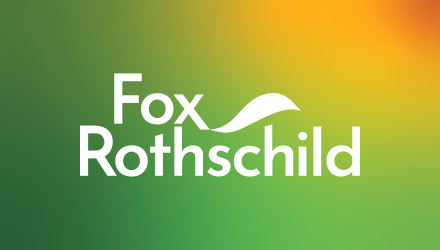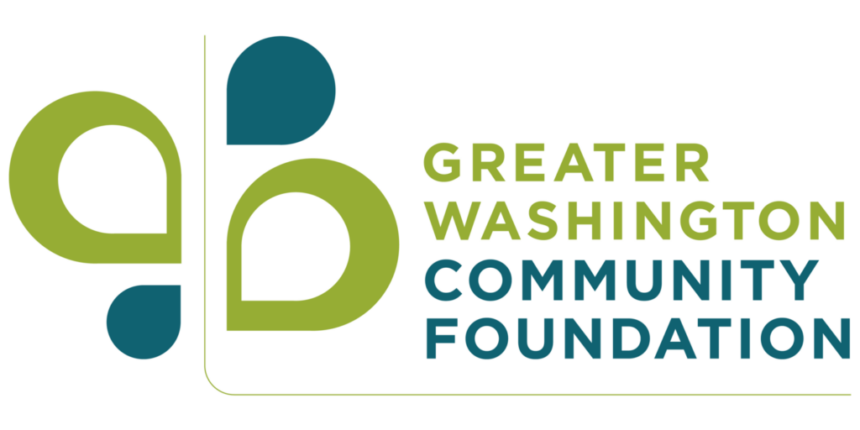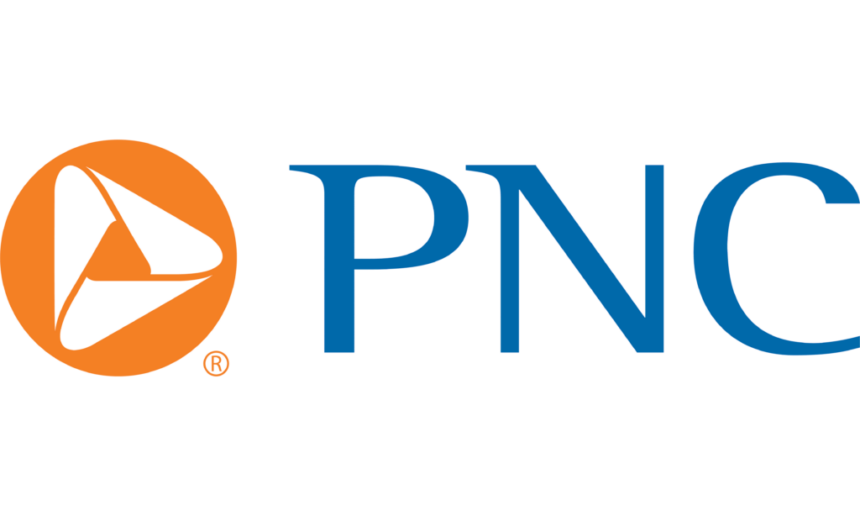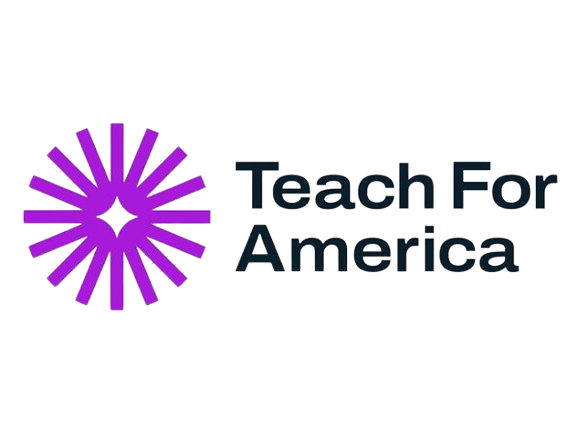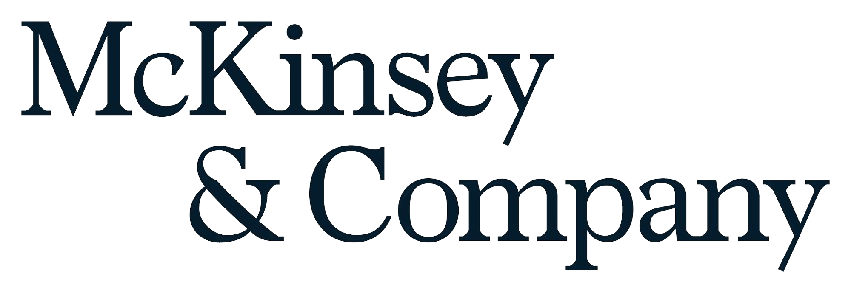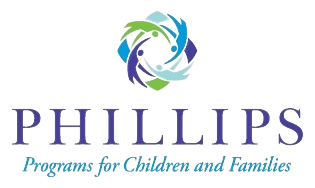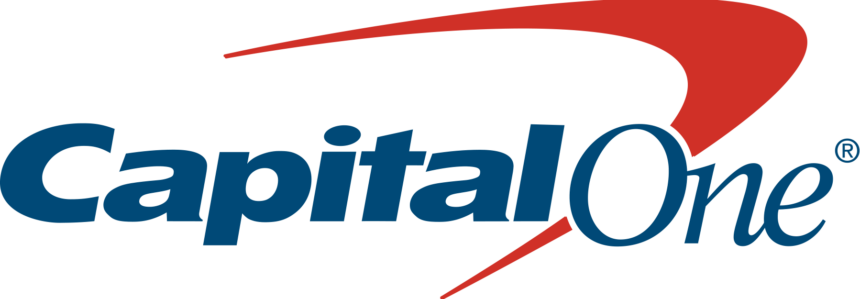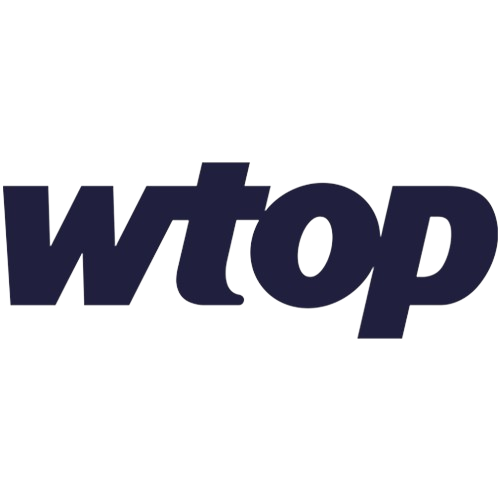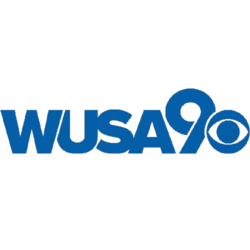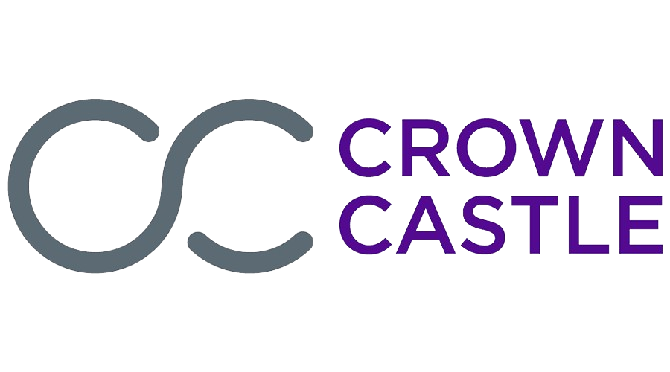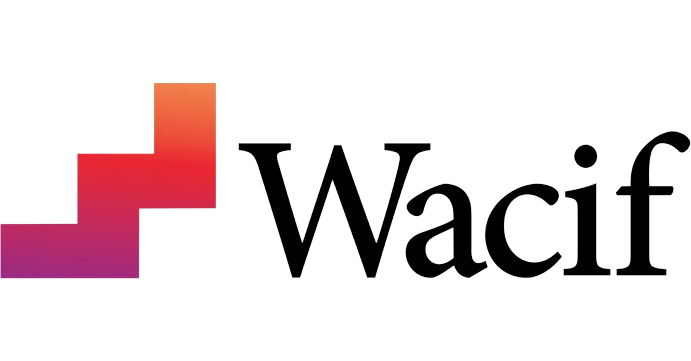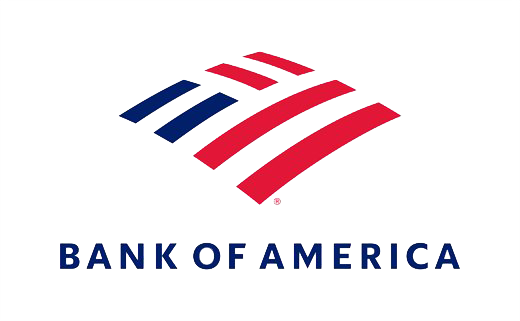Schools, Students, and Families in the DMV Face Big Challenges on Re-opening
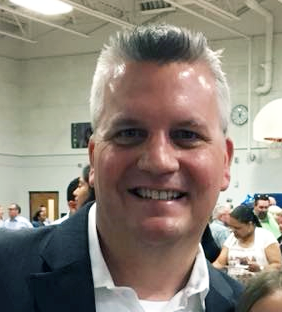
Schools shuttered their doors—and rightly so—at the start of the pandemic, launching a great experiment in “remote-learning” as we collectively moved to working from home. That pivot occurred quickly, and teachers and parents agree that kids have struggled to stay engaged and get the most from that online instruction. In addition, Black, Latinx and low-income students in the D.C. region and elsewhere have disproportionately faced added hurdles like a lack of internet access that exacerbate already troubling achievement gaps.
Six months later, we face the start of a new school year. There’s an obvious desire to get kids back to what we would consider traditional in-person learning. But COVID-19 has proven to be extremely resilient, deadly, and highly contagious. Parents and teachers have every right to demand a safe learning environment for their children—and themselves—whatever that may look like.
This conversation on returning to school is consuming cable news, dominating dinner tables, and spilling into our socially distant happy hours throughout the DMV and the country. It is an important consideration for business leaders who are rethinking how they manage, support, and maintain an efficient workforce that is still largely working from home.
Our education leaders, however, don’t have the luxury of simply “considering” this conundrum. They are charged with determining how we return to a quality system of learning and conduct schooling in a way that’s legitimately safe—whether students, teachers, and staff are in classrooms, on sports fields, or in school cafeterias.
How do you enforce social distancing in younger kids? How do you protect teachers and faculty who may see a hundred students or more per day? How do you know what skills students have lost from this time away from in-person instruction? How do you adjust the normal school curriculum to focus on the most important material to keep kids moving forward?
It is encouraging to know that behind the scenes, education community groups, leaders, and practitioners have been coming together to consider various education scenarios and the nuts and bolts of learning in the COVID-19 era.
The enormity of the problem and the understandable concern from parents have universally pushed nearly all the public school districts in our region (including Fairfax, Arlington, District of Columbia, Prince George’s, Montgomery, Prince William, Loudoun, and Alexandria counties) to offer remote/virtual learning only for the new school year—at least at the start.
Despite the angst and uncertainty, however, it is encouraging to know that behind the scenes, education community groups, leaders, and practitioners have been coming together to consider various education scenarios and the nuts and bolts of learning in the COVID-19 era. They are asking important questions and looking for solutions about how schools will function this fall—whether the learning is remote, in-person, or part of a hybrid model.
Over the summer, the Council of Chief State School Officers—the non-profit organization representing the public officials leading elementary and secondary education in all states—brought together more than 350 education leaders and experts from nearly 30 states to consider the issue. The result provides recommendations and actions to help school leaders put those plans together. Similarly, there must be a rethinking about curriculum and educational materials. Publishers have adapted their products to prioritize the most important content and help teachers meet the new reality caused by extended school closures.
In response to a questionnaire from the Greater Washington Board of Trade, DC Public Schools (DCPS) Chancellor, Lewis D. Ferebee, said that while engaging the community over the summer, the district heard, “a resounding desire to focus on prioritizing safety, maximizing learning–whether in school or at home–and providing equitable access to resources and supports.”
As a result, Ferebee said DCPS students this fall will receive live virtual lessons with their teachers, small group learning, and independent work time. On most days, pre-K and elementary students should anticipate 1-3 hours of live lessons with their teachers. Older students in middle school and high school should anticipate 4-5 hours of live lessons each day.
Particularly noteworthy is how DCPS is recognizing the stress that has been put on students, parents, and teachers by not just the pandemic, but also the current national dialogue around racial justice. Ferebee said, “Recent events have forced difficult conversations with friends and families about our country, race, and police violence. All students will begin the school year with the ‘Living Through History’ Cornerstone to process this incredibly historic time we are living through.”
“We simply cannot provide a risk-free environment given the regional and national situation this August. However, we can, and we will, deliver effective virtual education that will be of high quality and will incorporate as much of the ‘real school’ elements as possible.”
Superintendent Scott Braband, Fairfax County Public School
Fairfax County Public Schools (FCPS) has also listened to the community’s concern for putting health and safety first. FCPS Superintendent Scott Braband noted, “We simply cannot provide a risk-free environment given the regional and national situation this August. However, we can, and we will, deliver effective virtual education that will be of high quality and will incorporate as much of the ‘real school’ elements as possible.”
FCPS teachers will provide live face-to-face virtual instruction for four days each week with another day focused on independent learning with opportunities for other interaction and support from teachers and staff. “As compared to spring, students and parents will notice a more rigorous and engaging virtual-learning program with greater connections for all students at all grade levels,” Braband said.
If you’d like to see more details on area district reopening plans, WTOP has compiled a list of how schools in our region are addressing the re-opening challenge.
About the only thing that we can be sure of today is that in the near term there is little chance of returning to what we would consider a “normal” K-12 school experience. Fortunately, educators are listening to parents who want the best for their children and are looking for practical solutions. We are all in this together. We all deserve respect and patience in overcoming this unprecedented challenge.

The Collaborative for Student Success is a non-profit advocacy organization that works to defend high standards, high-quality assessments, and strong systems of accountability, to ensure that all kids are prepared for college or career. For more information, visit forstudentsuccess.org.
Become a member today
We need your voice at the table to make Greater Washington a place where everyone can succeed


